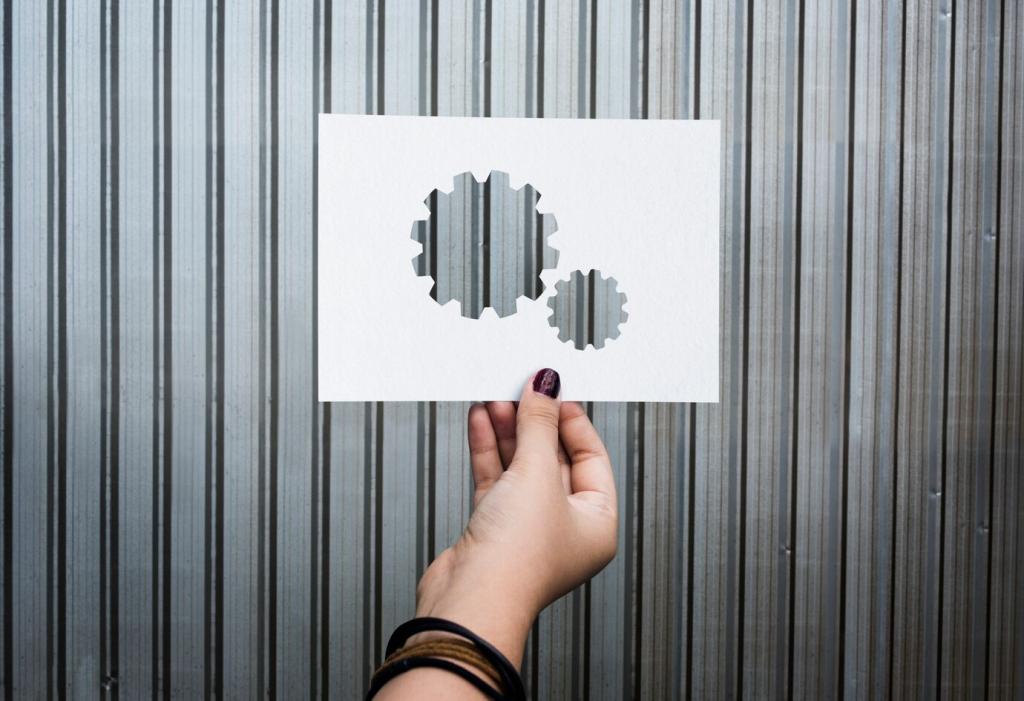Transforming Small Rooms with Minimalist Decor Principles
Small spaces often present unique design challenges, but with the right approach, they can be turned into serene, stylish, and highly functional environments. Embracing minimalist decor isn’t just about using less—it’s about creating a purposeful aesthetic where clarity, calm, and thoughtful selections come together to make even the tiniest room feel open and inviting. By applying minimalist principles, you can transform cramped quarters into a tranquil oasis, enhancing both beauty and practicality without overwhelming the senses.

Prioritizing Function Over Form
In minimalist design, every choice begins with function. In a small room, furniture and decor should have clear purposes and, whenever possible, multiple uses. For example, an ottoman might double as a coffee table or offer discreet storage underneath. By prioritizing functional pieces, clutter is naturally reduced, and the room gains visual clarity. When form follows function, there’s no need for ornate elements that fill precious square footage; instead, visual interest emerges from thoughtful simplicity, cohesive shapes, and meaningful negative space.

Decluttering for Clarity and Calm
Decluttering isn’t a one-time event—it’s a conscious, ongoing practice that lies at the core of minimalism. In small rooms, clutter stands out quickly, making the space feel chaotic or smaller than it is. Begin by removing items that don’t serve a clear function or contribute real joy to your daily life. As unnecessary objects are cleared away, natural light flows more freely, and the room’s features take center stage. The resulting calmness is not just visual; it brings a sense of mental serenity and spaciousness that invigorates your surface area.
Palette and Texture: Crafting Visual Lightness

Neutral colors are cornerstones of minimalist design, particularly valuable in small rooms. Soft whites, light grays, pale beiges, or gentle taupes reflect more natural light, visually expanding the walls. These unobtrusive hues create a seamless backdrop that allows furniture and accent pieces to blend harmoniously rather than compete for attention. The consistent palette not only calms the mind but also makes the space feel larger, promoting an atmosphere that is both fresh and unobtrusive.
Furniture Choices: Essential and Elegant
Multi-Functional Pieces for Flexibility
Furniture that adapts to various needs is particularly valuable in minimalist small rooms. Consider a sleeper sofa that transforms from a seating area to a guest bed, or a wall-mounted desk that folds away when not in use. These clever solutions conserve space without sacrificing comfort or functionality. With fewer items occupying the room, movement becomes easier and the space feels less cramped. Multi-functional furniture exemplifies the minimalist ethos of doing more with less, helping your small room serve multiple purposes with grace.
Streamlined Silhouettes for Airiness
Opting for furniture with simple, clean lines preserves the sense of airiness central to minimalist decor. Avoiding ornate detailing or heavy, overscaled pieces keeps the visual weight low and the room feeling uncluttered. Thin, raised legs on chairs or tables let light flow beneath, adding to the perception of open space. By focusing on streamlined silhouettes, you ensure that each piece of furniture complements the whole rather than dominating the environment, supporting a calm and balanced room composition.
Prioritizing Quality Over Quantity
Minimalism champions doing more with less, which means investing in high-quality items that will endure both aesthetically and functionally. In a small room, two or three meticulously crafted pieces far outweigh a crowded grouping of less durable options. Quality furniture not only lasts longer but often carries timeless design that transcends passing trends. The result is a space curated for enjoyment, where each object contributes positively to daily living and supports the enduring vision of minimalist simplicity.
